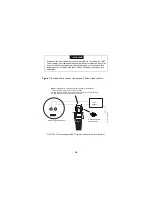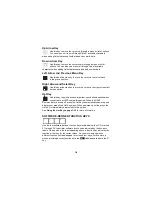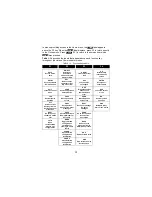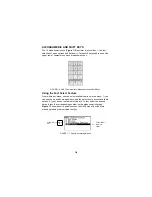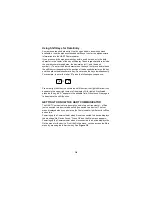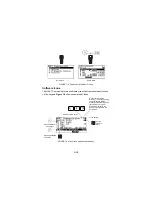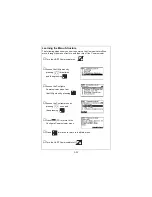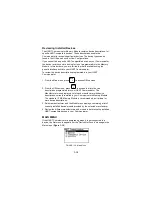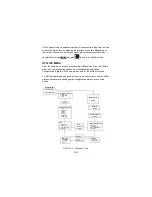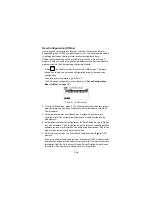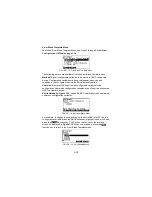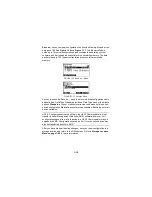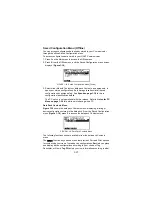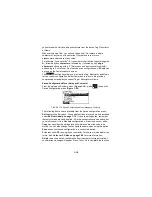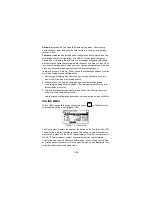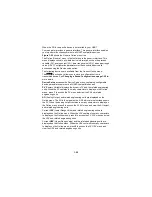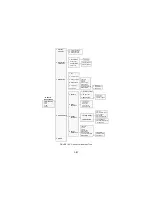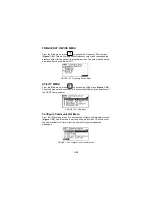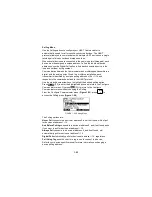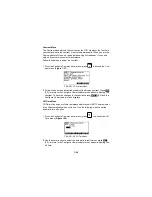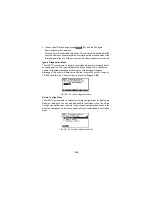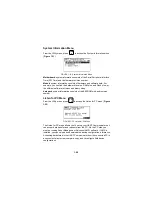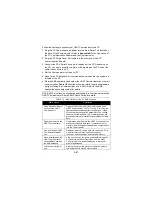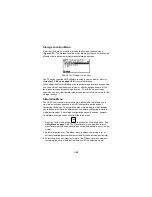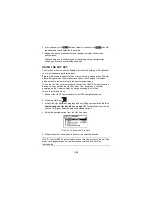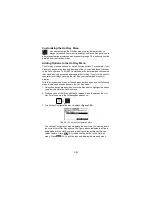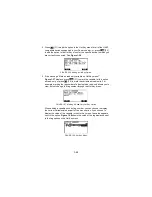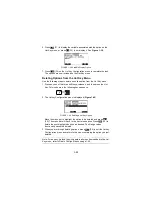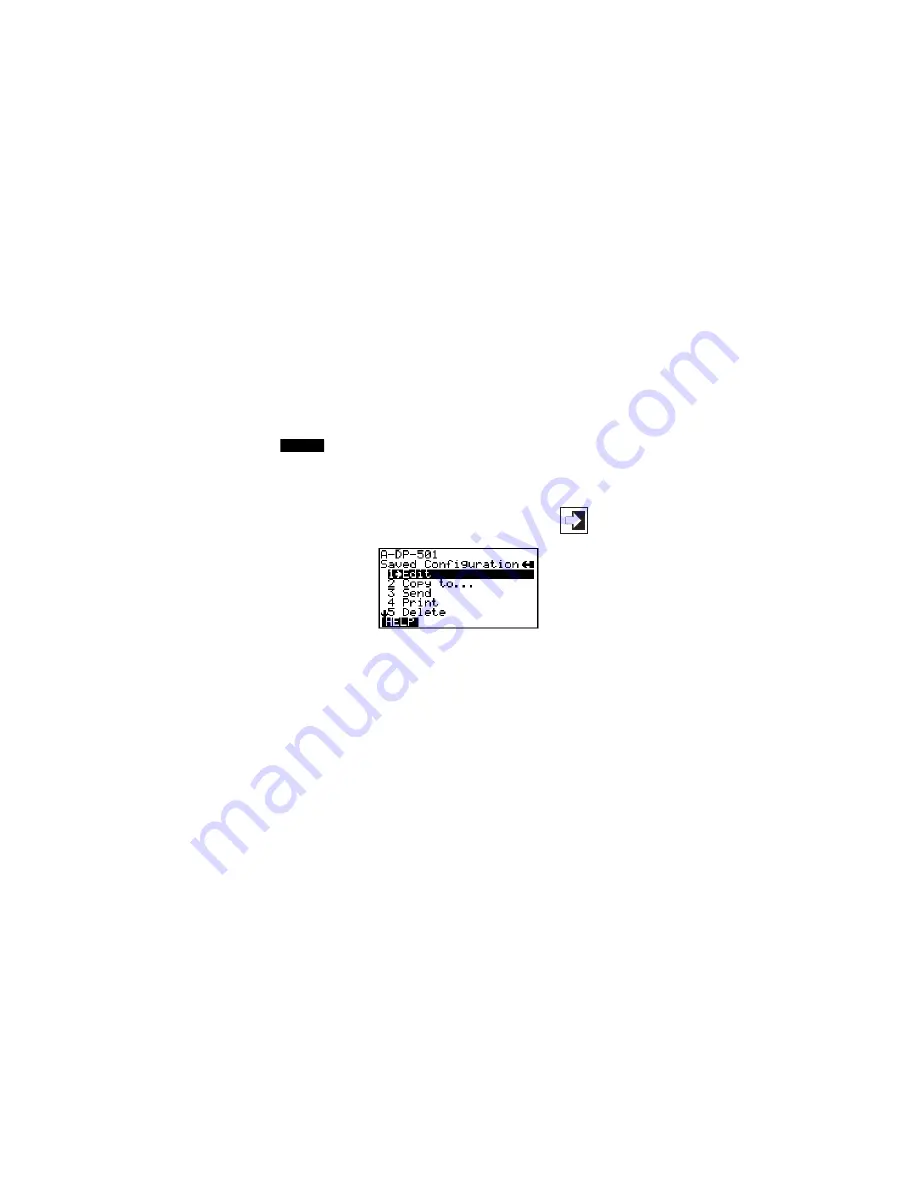
1-18
you entered with Sort by picking characters from the device Tag, Descriptor,
or Name.
When setting up a filter, you can use the period (.) to replace a single
character of any value or the asterisk (*) to replace zero or more
alphanumeric characters of any value.
For example, if you enter A-*-.1, it should match all device tags starting with
A-, followed by any characters, followed by -, followed by any single
character, and ending with a 1. That means only devices starting with A-
and ending in 1, out of your list of saved device configurations, will display as
a group on the Communicator’s screen.
The
function key allows you to view the Tag, Descriptor, and Name
for the current configuration. Select Compress to return to the previous
compressed screen with the current Tag or Descriptor or Name.
Saved Configuration Menu (data pack Contents)
From the data pack Contents menu (Figure 1-19), press
to open the
Saved Configuration menu (Figure 1-20).
FIGURE 1-20. Saved Configuration Menu (data pack Contents).
The following functions are available from the Saved configuration menu:
Edit displays the Edit menu. These edit functions are the same as described
under Edit individually on page 1-15. If you are editing online, remember
that only stored data can be edited. A Partial configuration can be edited, but
you must convert it to a Standard configuration in order to save your edits.
Copy to... specifies the storage location where you want the copy to be
stored. You can also change the configuration name when using this option.
Send sends your saved configuration to a connected device.
Print requires AMS running in your computer. This option is intended for the
future. See Listen for PC Menu on page 1-26 for more information.
Delete removes a saved configuration from the memory storage location. A
confirmation message will appear. Press Yes or No to complete the function.
XPAND
Summary of Contents for HART 275
Page 48: ...1 40 ...
Page 56: ...2 8 ...
Page 94: ...3 38 ...
Page 106: ...B 6 ...
Page 114: ...D 4 ...

